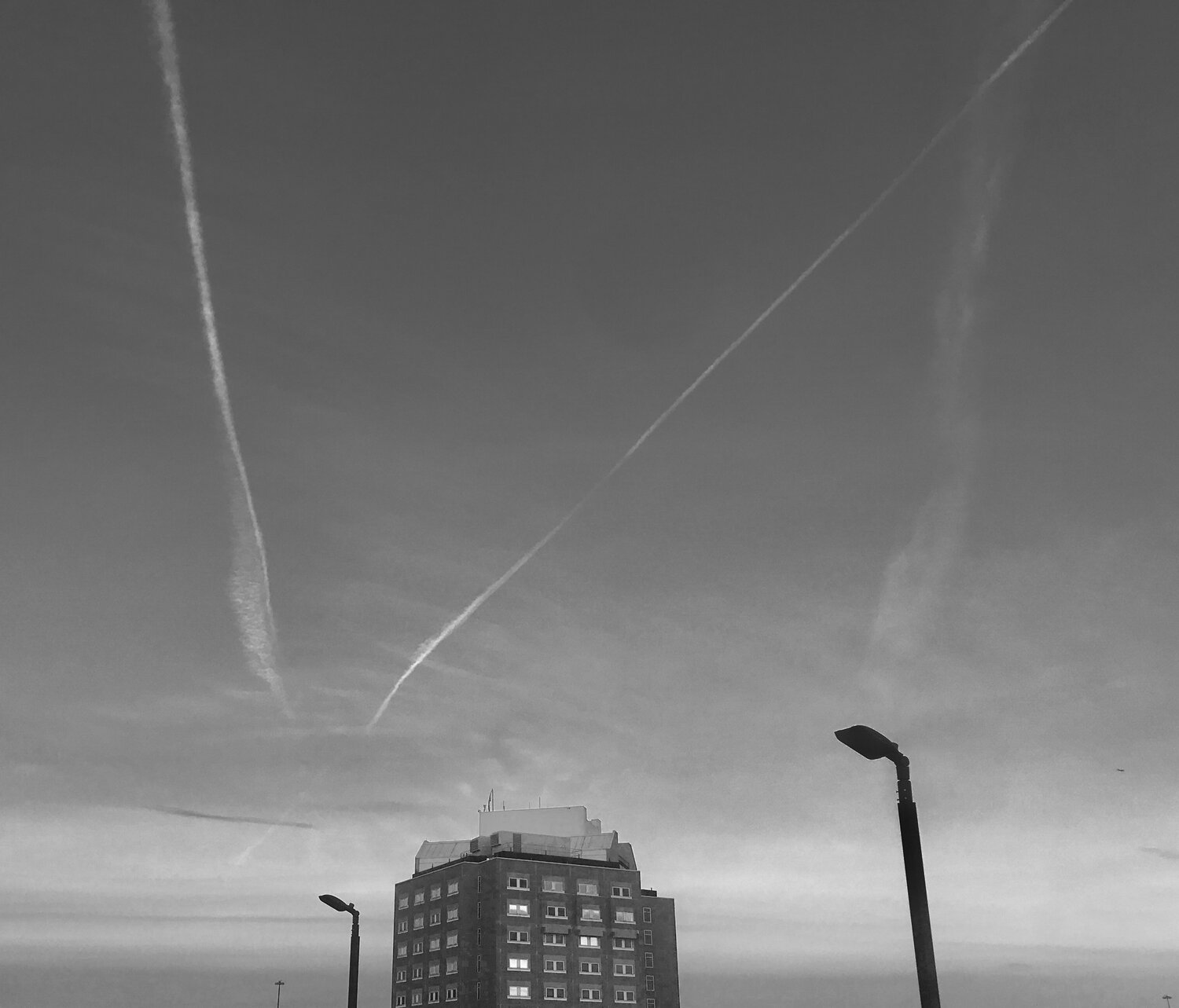Where love lives
At its best,
house music aspires to become the pop music of the beloved community
--an insistently multicultural and welcoming space.
After Chicago-born house music and its Detroit cousin, techno, had migrated to Europe, they merged into "electronic dance music" (EDM). Along the way house and techno were being shipped back to the United States for consumption by white kids. Big raves and festivals full of kids high on Ecstasy (MDMA) kept some of the utopian aspirations of original house music, but in the service of high-priced tickets sold in white areas of the country.
From living in the Bay Area in the late 80s and early 90s, I remember both strains of this movement: the more-straight-than-not "rave" scene that eventually morphed into Burning Man and EDM festivals and dot-com money; and the gay clubs, spreading the original house music faith that had grown and flourished in the gay world without having to migrate to Europe and back.
But in San Francisco's gay world, during the time I was there, the sweet house music eventually morphed into something else as users' experience of MDMA was wearing off and some started migrating to crystal meth. The music became less hopeful.
Both the "rave" world and the house music of gay clubs kept an optimistic "love the world" vibe for a while, but utopian music doesn't translate to utopian economics. What I always heard, back in the days that I knew people who knew such things, was that if the club promoters weren't dealing drugs directly, they were taking a percentage from the dealers. Since there would be dealing in the club, some promoters reasoned, they might as well reduce conflict and unpredictability by granting a monopoly to a particular vendor, and getting some of the money back. Everyone wins, right? And whether in the gay world or the straight world, house music was never a liquor-heavy scene. So you either had to make money from high admission fees, or some other way.
MDMA lost its luster for people after repeated uses; and crystal was there as the next step. That's the economics of neurotransmitters. MDMA just wore off eventually, meaning that people developed a tolerance and couldn't keep getting pleasure from it. Most drugs do that. But a drug like crystal (aka methamphetamine) keeps some people going back to it, hungry for it. It starts owning people. And that means they keep paying, and paying, and paying. Financially, a club that's all about MDMA-fueled happy vibes isn't going to survive when the scene, and the money, has moved on. If the drug economy has moved on and you're getting a cut from the revenue, your DJs better follow suit.
I think about all of this when I listen to house classics like "Good Life" or "Where Love Lives", music that is so sweet, made for a dance floor that is happy and embracing. There were promoters, and drug dealers; like everywhere else, there was money changing hands. Every flowering utopia carries within it the seeds of its own harsh replacement.
But before that happened, there were people on a dance floor, happy. And you can't take that away from the music, or the DJs, or the people who were there.
* * *
One of the things I adore about The Black Madonna is that her tatooed-librarian exterior extends to a nearly scholarly sensibility about house music and dance music generally. Check her Spotify playlist, "History of the World", for instance.
And listen to this late-eighties/early-nineties pair of house music classics; in my own personal history, this is what the clubs in San Francisco sounded like before meth hit. Before the darkness came.

